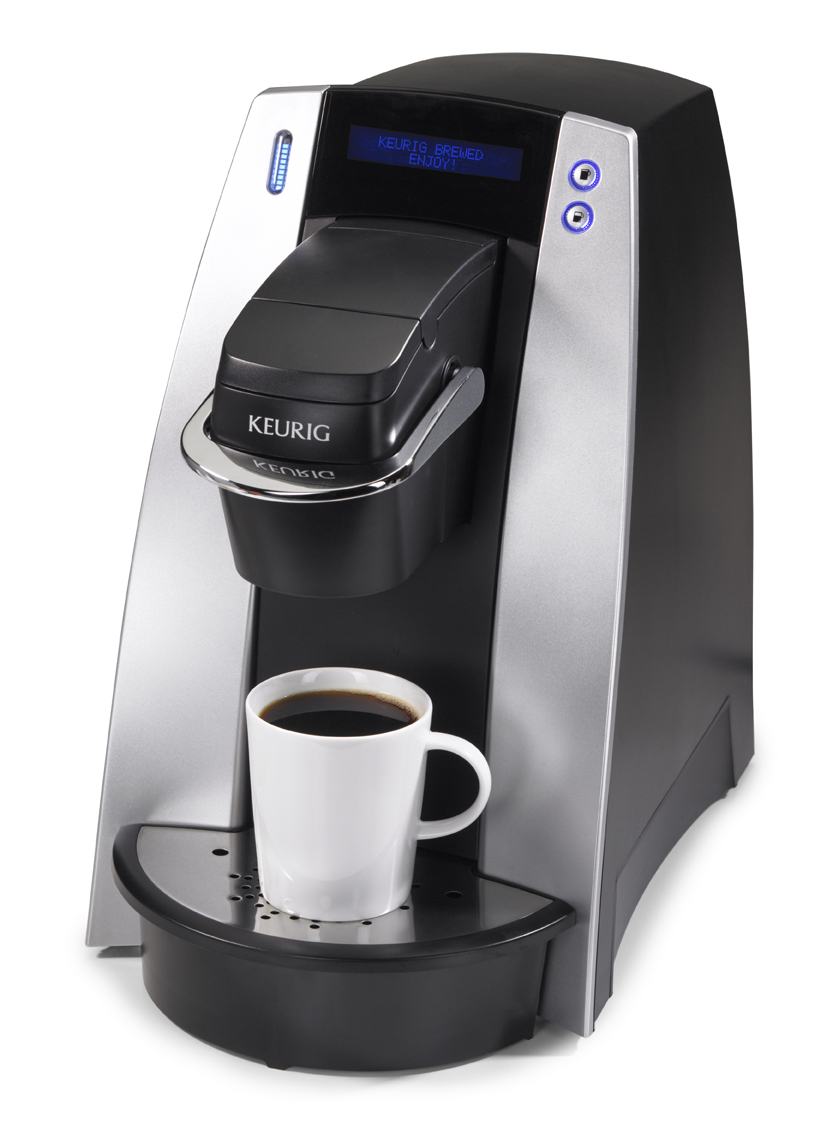BEST Coffee MAKERS FOR AT-HOME BREWING
Coffeemakers or coffee machines are cooking appliances used to brew coffee. While there are many different types of coffeemakers applying a number of different brewing principles, in the most common machines, coffee grimes are placed in a article or metal filter inside a run, which is set over a glass or ceramic coffee utensil , a cooking pot in the kettle pedigree. Cold sea is run into a separate enclosure, which is then heated up to the boiling point, and led into the pour. "Its also" announced automatic drip-brew .
Keurig B200 Coffee Brewer Keurig Coffee Brewer DrinkMore Water

For hundreds of years, making a bowl of coffee was a simple process. Roasted and soil coffee beans were placed in a utensil or pan, to which hot water was included, must be accompanied by connect of a lid to start the infusion process. Bowls were designed specifically for brewing coffee, all with the purpose of trying to catch the coffee grimes before the coffee is scamper. Typical motifs peculiarity a container with a flat expanded tush to catch drop-off soils and a sharp-witted running spout that traps the moving grinds. Other designs foible a wide hump in the middle of the potty to catch clays when coffee is poured.
Sunbeam coffee maker Aslotel
In France, in about 1710, the Infusion brewing process was acquainted. This involved submersing the floor coffee, usually enclosed in a linen luggage, in hot water and telling it steep or "infuse" until the desired strength brew was achieved. Nevertheless, throughout the 19 th and even the early 20 th centuries, it was considered adequate to add floor coffee to hot water in a container or pan, simmer it until it smelled right, and run the drink into a cup.
Krups Coffee Maker west elm
There were lots of inventions from France in the late 18 th century. With assistance from Jean-Baptiste de Belloy, the Archbishop of Paris, the idea that coffee is not necessary steamed gained credence. The first modern technique for stimulating coffee employing a coffee filter--drip brewing--is more than 125 years old, and its designing had changed little. The biggin , are produced in France ca. 1780, was a two-level flowerpot involving coffee in a cloth sock in an upper locker into which sea was run, to drain through cracks in the bottom of the locker into the coffee bowl below. Coffee was then leaved from a spout on the side of the jackpot. The excellence of the brewed coffee depended on the dimensions of the clays- extremely coarse and the coffee was strong; very fine and the high seas has not given an opportunity to drip the filter. A major rigor with this approach was that the delicacy of the cloth filter- whether cotton, burlap or an old-fashioned sock- transferred to the delicacy of the coffee. Around those periods, a French discoverer developed the" pumping percolator", in which simmering sea in a foot chamber abilities itself up a tube and then seeps( percolates) through the field coffee back into the bottom assembly. Among other French inventions, Count Rumford, an eccentric American scientist are living in Paris, developed a French Drip Pot with an shielding ocean hair to keep the coffee hot. Likewise, the first metal filter was designed and patented by French inventor.
EmoticonEmoticon